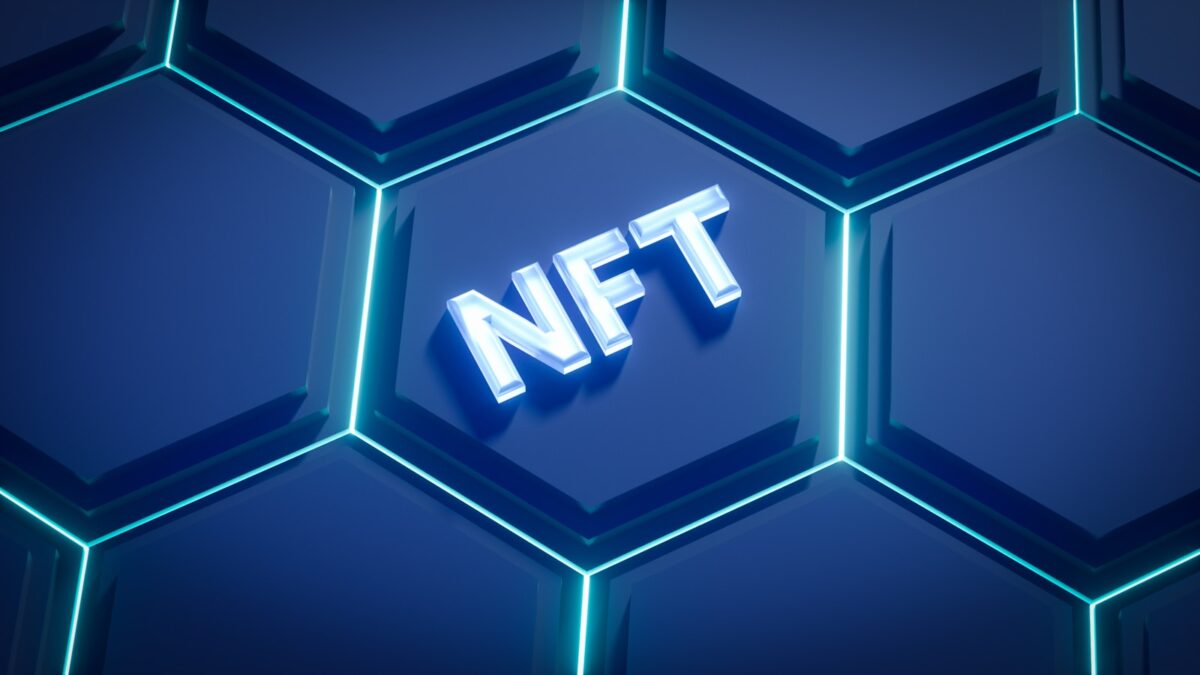
Digital identity on blockchain

Maintaining privacy while enabling secure authentication requires shifting control of credentials away from centralized authorities. Distributed ledger technology allows for self-sovereign management of verification data, ensuring users retain ownership and selectively disclose information without exposing sensitive details.
Cryptographic proofs embedded within decentralized networks enhance trustworthiness by enabling tamper-resistant confirmation of attributes. This approach reduces reliance on intermediaries, minimizing risks related to data breaches and identity theft through immutable records and consensus-driven validation.
The integration of selective disclosure mechanisms empowers individuals to authenticate specific traits rather than entire profiles, aligning with stringent privacy demands. By leveraging decentralized registries, entities can verify credentials in a frictionless manner that prioritizes user autonomy and auditability simultaneously.
Decentralized Management of Personal Data Using Distributed Ledgers
Control over personal information is enhanced by systems that allow users to manage their own authentication credentials without reliance on centralized authorities. By utilizing distributed ledgers, individuals can maintain self-sovereign records that enable secure verification processes while minimizing exposure of sensitive data. This approach reduces dependency on traditional KYC providers and mitigates risks associated with data breaches.
Verification protocols implemented via cryptographic techniques ensure that attestations about a person’s attributes are accurate and tamper-proof. For instance, zero-knowledge proofs can confirm authenticity without revealing underlying details, supporting privacy-preserving authentication mechanisms. Such frameworks empower users to selectively disclose information depending on the context or regulatory requirements.
Technical Foundations and Privacy Implications of User-Controlled Credentials
Self-sovereign models leverage decentralized identifiers (DIDs) and verifiable credentials (VCs), which are anchored in immutable records maintained across consensus-driven networks. These identifiers replace traditional usernames or government-issued numbers with cryptographically secured references, enabling resilient authentication workflows. The use of DIDs enhances interoperability between platforms while preserving user autonomy.
The architecture inherently supports privacy by design; personal data remains off-chain, stored securely by the individual or trusted third parties only when necessary. Authentication events involve cryptographic signatures validated against ledger entries without transmitting raw data externally. Such separation decreases attack surfaces and facilitates compliance with stringent privacy regulations like GDPR.
- KYC processes: Through decentralized verification, organizations can perform Know Your Customer checks with improved transparency and lower operational costs.
- Access control: Users can govern permissions granularly, granting temporary or conditional access to their credentials for various services.
- Auditability: Immutable logs provide reliable evidence trails for regulatory inspections or dispute resolutions.
Experimental implementations demonstrate feasibility: projects integrating blockchain-backed credential management show significant reductions in identity fraud cases and streamline onboarding procedures in financial sectors. Continuous research explores scalability improvements and cross-jurisdictional recognition methods to expand practical adoption.
How to create blockchain ID
Begin by selecting a self-sovereign framework that allows users to control their personal verification data without relying on centralized authorities. This approach ensures privacy while maintaining robust authentication mechanisms, enabling individuals to manage and share selective credentials securely.
Next, generate a cryptographic key pair which will serve as the foundation for your decentralized identifier. The public key functions as a unique address on the ledger, while the private key enables secure signing of transactions and proof of ownership during access requests or identity validations.
Step-by-step process for establishing a secure on-chain credential system
Integrate an established decentralized network protocol supporting verifiable claims and attestations. Platforms like Sovrin or uPort provide comprehensive infrastructures where entities can issue KYC-approved credentials, linking real-world documentation with tamper-resistant digital proofs.
- Create a wallet application capable of storing encrypted credentials locally.
- Request identity attestations from trusted issuers–banks, government agencies, or certified validators–after completing traditional KYC procedures.
- Receive signed credentials encoded in formats such as W3C Verifiable Credentials, ensuring interoperability and machine-readability across systems.
- Publish non-sensitive metadata or hashes referencing these credentials onto distributed ledgers to enable verifiers to confirm authenticity without exposing private information.
The final verification stage relies on zero-knowledge proofs or similar cryptographic protocols that validate possession of valid attributes without revealing underlying data. This maintains confidentiality while satisfying stringent compliance requirements in sectors like finance and healthcare.
Case studies demonstrate practical applications: Estonia’s e-Residency program leverages blockchain-based authentication combined with government-issued certificates to facilitate secure cross-border digital services. Similarly, companies implementing decentralized identifiers (DIDs) benefit from reduced fraud risk and streamlined onboarding processes due to immutable audit trails and enhanced user privacy controls.
Continued research suggests integrating multi-factor authentication methods tied directly to hardware security modules can increase resilience against compromise attempts. Experimentation with biometric-linked keys also reveals promising avenues for seamless yet secure user experiences in managing sovereign verification attributes within distributed environments.
Managing personal data privacy
To ensure effective protection of personal information, individuals must retain control over their data through decentralized frameworks that eliminate reliance on centralized authorities. Such systems enable users to selectively disclose credentials, minimizing unnecessary exposure of sensitive details during verification processes like KYC (Know Your Customer). For example, zero-knowledge proofs allow authentication without revealing the underlying data, preserving privacy while satisfying regulatory requirements.
The integration of decentralized registries facilitates secure storage and management of authentication factors linked to a user’s unique identifier. This approach mitigates risks associated with single points of failure and data breaches common in traditional centralized databases. Experimental deployments demonstrate how self-sovereign models empower entities to govern their personal information lifecycle, including issuance, revocation, and selective sharing of credentials.
Technical mechanisms enhancing privacy and control
Advanced cryptographic techniques such as selective disclosure and decentralized identifiers (DIDs) serve as foundational elements for robust privacy management. Selective disclosure enables users to prove specific attributes–like age or residency–without providing full documents. In parallel, DIDs offer persistent yet privacy-preserving references to user profiles without central registries. Case studies reveal that combining these technologies with off-chain storage reduces on-chain metadata leaks while maintaining verifiable authentication.
KYC procedures benefit significantly from these innovations by transitioning from repetitive identity verification to reusable attestations issued by trusted validators. This shift decreases redundant data transmission and enhances user agency. Ongoing research explores integrating multi-factor authentication with biometric inputs anchored in decentralized ledgers, aiming to balance security demands with confidentiality imperatives in complex digital ecosystems.
Verifying Identity Without Intermediaries
To achieve secure verification without relying on centralized authorities, systems must grant users full control over their credentials through decentralized protocols. This approach replaces traditional Know Your Customer (KYC) processes with cryptographic methods that allow authentication directly between parties, eliminating the need for intermediaries to store or validate sensitive information.
Privacy preservation is ensured by selective disclosure techniques, where users reveal only the minimum necessary attributes during verification. Zero-knowledge proofs exemplify such mechanisms, enabling confirmation of identity claims without exposing underlying data, thereby maintaining confidentiality throughout the authentication process.
Technical Foundations and Practical Implementations
A core component involves self-sovereign credential management frameworks that leverage distributed ledgers to timestamp and verify attestations issued by trusted entities. For instance, projects like Sovrin employ Decentralized Identifiers (DIDs) combined with verifiable credentials to create portable and tamper-evident proof of qualifications or identity attributes.
These frameworks facilitate peer-to-peer verification workflows where a verifier requests specific credentials from a holder. The holder then generates cryptographic proofs derived from their stored credentials without transmitting raw data. Such interactions are orchestrated via interoperable protocols adhering to standards developed by organizations like W3C and DIF (Decentralized Identity Foundation).
- Step 1: Credential issuance by an authority using cryptographic signatures anchored on a distributed ledger.
- Step 2: Secure storage of these credentials in user-controlled wallets, either hardware-based or software-enabled.
- Step 3: On-demand generation of zero-knowledge proofs when verification is required.
- Step 4: Validation of proofs by verifiers against public keys registered on the ledger without intermediary involvement.
This methodology enhances security by minimizing attack surfaces associated with centralized databases and reduces friction in compliance processes, particularly in regulated sectors requiring KYC adherence. Experimentation within financial services demonstrates reduced onboarding times and improved user experience while maintaining regulatory transparency.
An emerging challenge lies in designing scalable consensus mechanisms supporting high throughput for mass adoption while preserving decentralization principles. Layer-2 solutions and sidechains present promising avenues to balance performance with trust minimization, ensuring sustainable growth of these self-authenticating ecosystems without compromising privacy or control over personal attributes.
Conclusion: Implementing Decentralized Credentials in Applications
Prioritize integrating self-sovereign credentials to grant users full control over their authentication data, significantly reducing reliance on centralized KYC providers and enhancing privacy protections. Utilizing cryptographic proofs stored on distributed ledgers enables selective disclosure of personal attributes, minimizing unnecessary data exposure while ensuring verifiable trustworthiness.
The shift towards decentralized verification mechanisms transforms conventional user management by embedding immutable attestations within tamper-resistant infrastructures. This approach facilitates seamless interoperability across platforms and applications without compromising confidentiality or introducing single points of failure.
Technical Implications and Future Outlook
- Privacy-preserving protocols: Zero-knowledge proofs and secure multi-party computation enable validation of credentials without revealing underlying sensitive information, paving the way for confidential yet robust authorization flows.
- Decentralized identifiers (DIDs): Adoption of standardized formats for persistent identifiers supports dynamic lifecycle management, including revocation and recovery, critical for scalable identity ecosystems.
- Interoperability layers: Cross-chain frameworks and universal resolvers will enhance compatibility among diverse distributed networks, expanding practical use cases beyond isolated environments.
- KYC automation: Smart contract-driven workflows can streamline compliance checks while preserving user sovereignty, balancing regulatory demands with individual autonomy.
Exploring incremental deployment strategies–such as hybrid models combining traditional authentication with decentralized credentials–can facilitate gradual migration and empirical assessment of security postures. Encouraging developers to experiment with modular SDKs that abstract complex cryptographic operations will accelerate adoption and innovation in this domain.
The continuous evolution of decentralized verification technologies invites ongoing research into scalability challenges, user experience optimization, and threat modeling. How might emerging consensus algorithms or layer-two solutions further reduce latency and cost associated with credential issuance? Which governance frameworks best align decentralization principles with accountability requirements? These questions define a fertile ground for methodical inquiry.
Ultimately, empowering individuals with verifiable control over their digital attestations reshapes trust paradigms in networked applications. By embracing rigorous experimentation and open standards, stakeholders can collaboratively advance privacy-centric authentication systems that are resilient, transparent, and user-centric.


